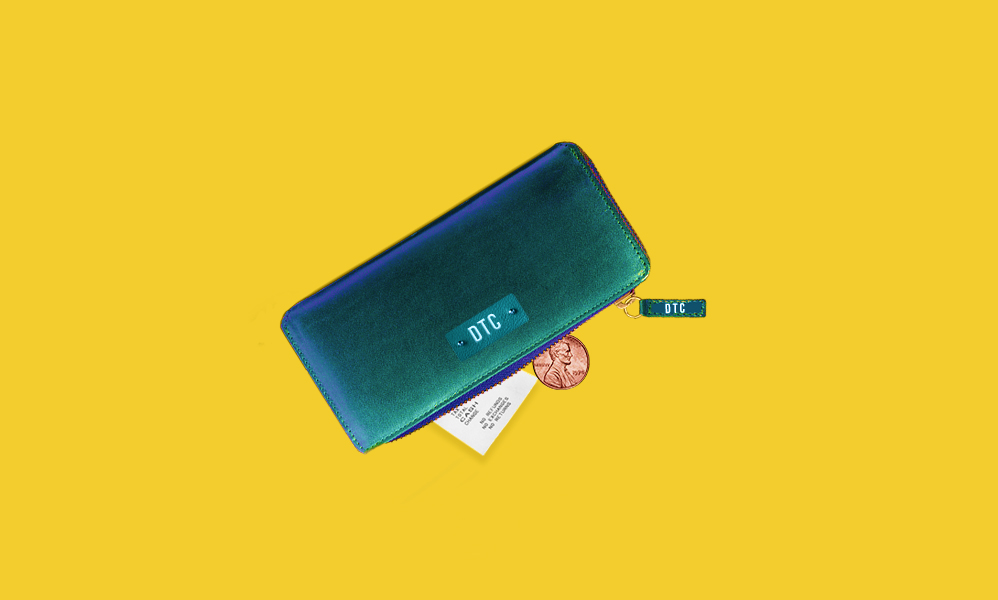Without first-time customer discounts, DTC brands try to find new ways to collect emails

It’s become a rite of passage for customers shopping from a direct-to-consumer brand: enter your email address, and wait for a coupon for first-time customers to arrive in your inbox. Snowe offers customers $25 off. Vuori offers 10% off. Casper offers $100 off an order of $1,000 or more. And, if customers find a promo code that’s made its way to a coupon site, they can potentially get even steeper discounts.
But a growing number of brands are trying to forego that playbook in order out of the fear that doing so could train their customers to expect more discounts. Some, like Mack Weldon and ThirdLove, try to push so-called bundled promotions, that encourage customers to spend more in order to get more discounts. Others, try to push customers to sign up for their email list for other perks, like early access to product.
Generally speaking, DTC brands have built their value proposition on the fact that they’re able to build a more direct relationship with their customers. And in order to communicate directly with customers, these brands need a piece of contact information. By getting the email address from a customer before they buy, it also allows brands how long it takes prospective customers to purchase. In theory, that information can help them improve their marketing efforts.
“There are a lot of great brands out there,” Nikki Sakelliou, vice president of marketing for athletic apparel brand Vuori said. “Really it’s just a thank you to the customer for trusting in us.”
But, some in the industry think that brands have started to overvalue email addresses, and as a result offer too high of a discount for too little of an ask.
“I suspect that some brands are overvaluing email subscribers in particular because their attribution model doesn’t capture the incremental value of the channel and as a result they are overstating the value of email as a channel,” Duncan Blair, director of marketing at DTC furniture brand Article said in an email. He argues that most customers would have purchased from the brand anyways, even without the discount.
Richie Siegel, founder and CEO of retail consultancy Loose Threads, said that offering first-time discounts are also a sign for many brands that 10% off their first order is a better deal than “giving Facebook another $30” to acquire that customer.
When Brian Berger, CEO of Mack Weldon, launched the men’s boxer brand in 2012, he decided not to give promos to first-time customer, because he didn’t want to train customers to expect a discount. He also thought adding a box for email capture was too intrusive, and took away space on the home page from developing a brand’s story.
“It always kind of boggled my mind,” Berger said. “We always worked so hard to get the customer to our home page, and there’s really no worse impression for a brand then stuffing an email capture into the browsing window.”
Instead, Mack Weldon has tried to incentivize customers through bundles. In the fourth quarter of 2017, Mack Weldon rolled out a new loyalty program. Once customers buy from Mack Weldon — no matter the dollar amount — they get free shipping on subsequent orders. Once they spend $200, they get 20% off each order for a year, and get early access to new products.
Lingerie brand ThirdLove also recently made the shift towards bundled discounts, and earlier this year did away with a 10% discount that it offered first-time customers. Instead, ThirdLove customers now get $15 off if they buy two bras, $25 off if they buy 3 bras, and $40 off if they buy 4 bras.
ThirdLove chief creative officer Ra’el Cohen previously told Modern Retail that because ThirdLove’s value proposition is the fact that they are supposed to fit better than bras from traditional retailers, the hope is that once they see how well the bra fits, they will want to come back and buy a second bra. Then, the bundled discounts are supposed to encourage them to buy more than one bra.
One drawback though, of bundled programs, is that they can incentivize customers to wait to purchase until they can hit the threshold that gives them the most discounts.
Blair told Modern Retail that instead of offering customers a discount in exchange for handing over their email address, the company tries to create features that “make it worth giving your email address for.” For example, Article has a wishlist feature, where customers can create a list of products they’re interest in on Article, and then sign up to receive email notifications about any future price reductions, or if that product is available in new colors.
But, even brands that have tried to swear off discounts for first-time customers have to make some concessions. Blair said that Article will offer discounts if they’ve bought too much of one product, though “we have never run a site-wide or even a category-wide sale.”
Berger said that Mack Weldon still gives away promo codes through its radio and podcast advertisements, in order to get some sense of how many customers first heard about Mack Weldon through an advertisement on one of these channels. Here, Berger said that Mack Weldon has experimented with a few different promo types to see what drives the most sales — like free shipping, 10% off first order, or 20% off first order.
The drawback is that sometimes those codes get leaked to couponing sites. That limits how accurately Mack Weldon can track the effectiveness of these channels, and can lead to more customers getting a discount than originally intended.
“There’s really no other way to understand the ROI of that spend,” Berger said.

